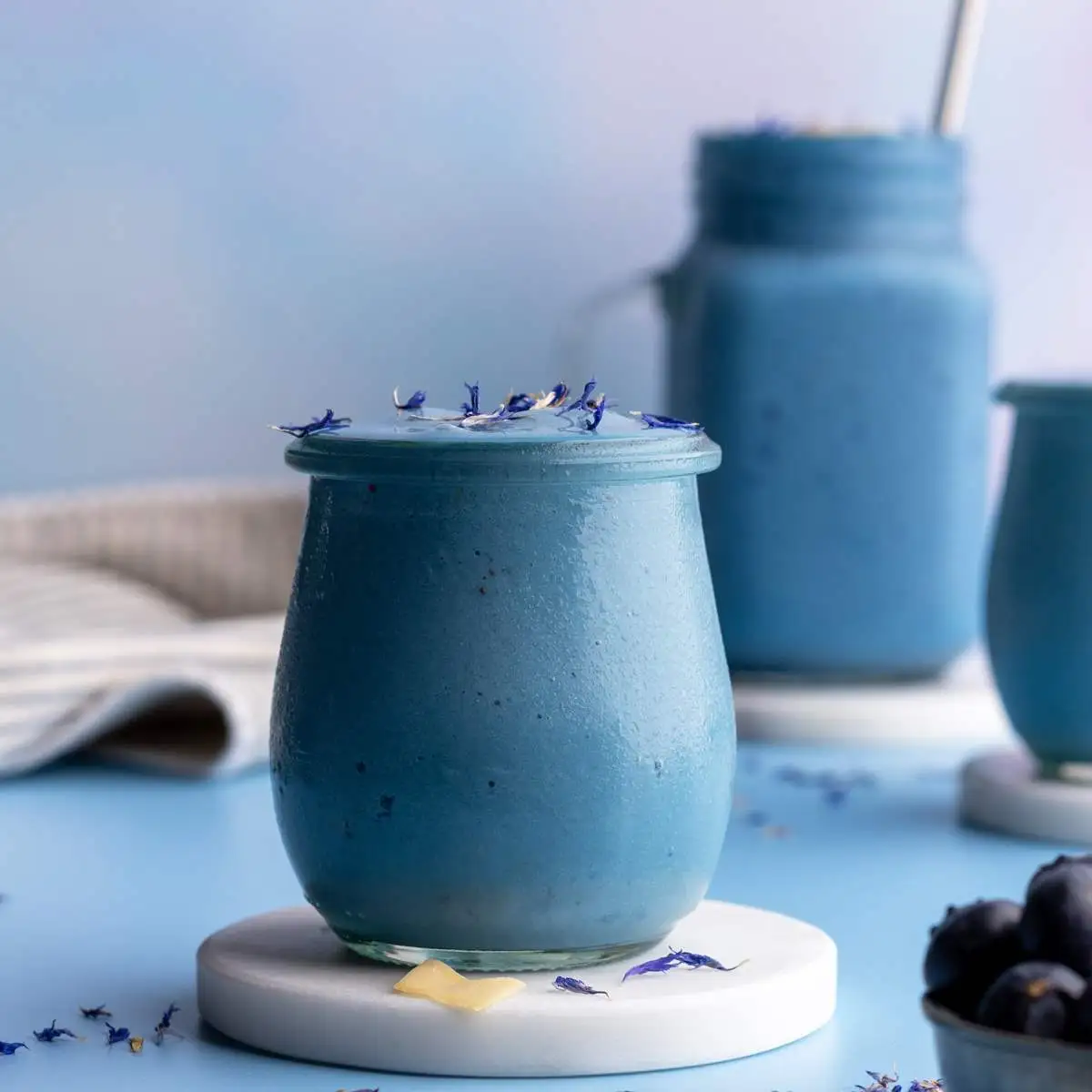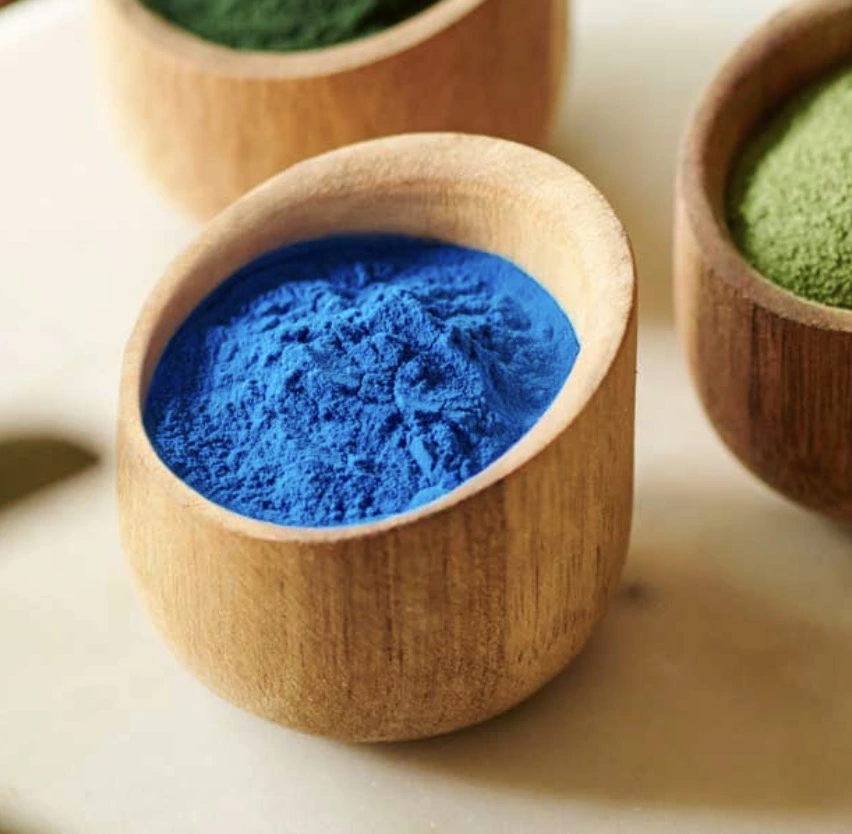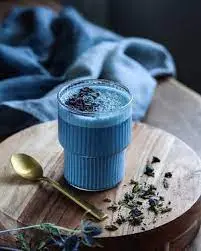What are the environmental benefits of using Gardenia Blue instead of synthetic dyes?
In an era where environmental consciousness is paramount, the shift towards sustainable practices in various industries has become increasingly important. One area where this shift is particularly evident is in the realm of dyes and pigments. Gardenia Blue, a natural pigment derived from the Gardenia jasminoides plant, has emerged as a compelling alternative to synthetic dyes, offering numerous environmental benefits. This article explores the eco-friendly advantages of using Gardenia Blue and its potential to revolutionize various industries.

Gardenia blue as a sustainable dye option
Natural origin and renewable resource
Gardenia Blue pigment is extracted from the fruits of the Gardenia jasminoides plant, making it a completely natural and renewable resource. Unlike synthetic dyes, which often rely on petroleum-based ingredients and non-renewable resources, Gardenia Blue can be sustainably produced through cultivation and harvesting of gardenia plants. This renewable aspect significantly reduces the environmental impact associated with dye production.
Biodegradability and reduced environmental persistence
One of the most significant advantages of Gardenia Blue over synthetic dyes is its biodegradability. As a natural product, Gardenia Blue can be broken down by microorganisms in the environment, leaving behind minimal residues. This characteristic is particularly crucial in reducing the long-term environmental impact of dye usage, as synthetic dyes often persist in ecosystems for extended periods, potentially harming wildlife and disrupting natural processes.
Lower carbon footprint in production
The production process of Gardenia Blue typically involves less energy-intensive methods compared to the manufacture of synthetic dyes. The extraction and processing of this natural pigment often require fewer chemical inputs and can be accomplished using more environmentally friendly techniques. This translates to a lower carbon footprint associated with Gardenia Blue production, contributing to overall efforts to mitigate climate change.

How gardenia blue reduces chemical pollution?
Elimination of harmful synthetic compounds
Many synthetic dyes contain hazardous chemicals that can be detrimental to both human health and the environment. These compounds may include heavy metals, aromatic amines, and other toxic substances. By opting for Gardenia Blue, industries can significantly reduce or eliminate the use of these harmful synthetic compounds, thereby decreasing chemical pollution in water bodies, soil, and air.
Minimizing wastewater contamination
The textile industry, in particular, is notorious for generating large volumes of contaminated wastewater due to the use of synthetic dyes. Gardenia Blue offers a solution to this problem by being more environmentally friendly when discharged into water systems. Its natural composition makes it easier to treat and remove from wastewater, reducing the burden on water treatment facilities and minimizing the risk of aquatic ecosystem contamination.
Reduction in volatile organic compound (VOC) emissions
Many synthetic dye production processes release volatile organic compounds (VOCs) into the atmosphere, contributing to air pollution and potential health hazards. Gardenia Blue production typically involves fewer VOC emissions, as the extraction and processing methods are generally less chemically intensive. This reduction in VOC emissions helps improve air quality and reduces the overall environmental impact of dye manufacturing.

Eco-friendly industries adopting gardenia blue
Textile and fashion industry
The textile and fashion industry has been at the forefront of adopting Gardenia Blue as an eco-friendly alternative to synthetic dyes. Many sustainable fashion brands are incorporating this natural pigment into their production processes, creating vibrant blue fabrics without the environmental drawbacks associated with traditional synthetic dyes. This shift not only appeals to environmentally conscious consumers but also helps reduce the industry's overall ecological footprint.
Food and beverage sector
In the food and beverage industry, Gardenia Blue has gained traction as a natural food coloring agent. As consumers increasingly demand clean label products, manufacturers are turning to natural alternatives like Gardenia Blue to replace artificial food dyes. This transition not only addresses health concerns but also contributes to reducing the environmental impact of food production by eliminating the need for synthetic colorants.
Cosmetics and personal care products
The cosmetics and personal care industry has also recognized the potential of Gardenia Blue as an eco-friendly ingredient. Many companies are incorporating this natural pigment into their product formulations, ranging from makeup to skincare items. By doing so, they are not only meeting the growing consumer demand for natural and sustainable beauty products but also reducing the environmental impact associated with synthetic colorants in cosmetics.
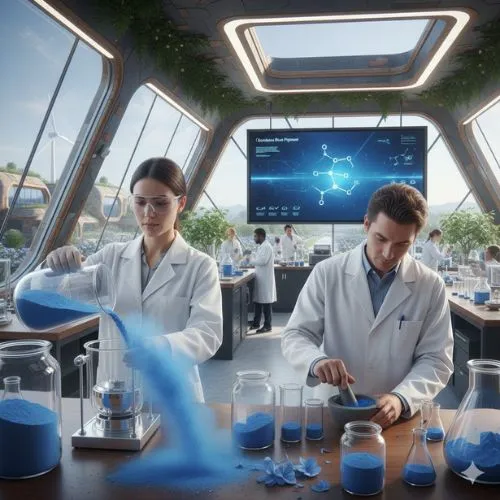
Conclusion
The adoption of Gardenia Blue as an alternative to synthetic dyes represents a significant step towards more sustainable and environmentally friendly practices across various industries. Its natural origin, biodegradability, and reduced chemical pollution offer compelling environmental benefits that align with global efforts to mitigate climate change and protect ecosystems. As more industries recognize the potential of this eco-friendly pigment, we can expect to see a continued shift towards more sustainable coloring solutions in the future.
At Yangge Biotech Co., Ltd., we are at the forefront of this green revolution in the dye industry. Our high-quality Gardenia Blue pigment is perfect for businesses looking to make their products more environmentally friendly without compromising on color vibrancy. Whether you're in the food, cosmetics, or textile industry, our natural plant extracts can help you meet your sustainability goals. Interested in learning more about how Gardenia Blue can benefit your products and the environment? Contact us at info@yanggebiotech.com for more information on our eco-friendly coloring solutions.
FAQ
Q: Can we get some samples to test before purchasing?
A: Of course, we can provide free samples of 20 to 100 grams, but the shipping cost is at the customer's expense. The shipping cost can be deducted from the next order, or the samples can be sent through your courier account.
Q: Do your products have relevant certifications?
A: Yes, our products are certified for HALAL, ISO, HACCP, Kosher, and other certifications.
Q: What is the minimum order quantity (MOQ)?
A: Small batches of samples can be customized according to your requirements.
Q: Do you offer OEM and ODM services? Can the formula be customized based on our own?
A: Of course, we provide ODM and OEM services to many customers. Our product range includes softgels, capsules, tablets, sachets, granules, and private label services. Simply contact us and let us know your requirements. Our experienced R&D team can also develop new products with specific formulas.
Please contact us to design your own branded products.
Q: How do you handle quality complaints?
A: First, we have a comprehensive quality control SOP. We provide authoritative third-party inspection reports for almost all products before shipment to minimize the possibility of quality issues. Second, we have a comprehensive return and exchange procedure. If there is a genuine quality dispute, we will strictly follow the SOP.
Q: How do you ship? How long does delivery take?
A: For small orders, we typically use DHL, UPS, EMS, FedEx, or TNT. Delivery typically takes 3-7 days. We also offer air and sea freight services. We have a strong freight forwarding team and can provide you with a one-stop service, including DDP and DDU.
Q: What are your payment terms?
A: 100% prepayment, payable by T/T, Western Union, MoneyGram, or PayPal.
Q: What is the shelf life of your products?
A: 2 years with proper storage.
Q: Is the packaging environmentally friendly?
A: We attach great importance to environmental protection and are constantly improving our product packaging. Some products are packaged in recyclable paper. Packaging materials are carefully selected to ensure product safety during transportation and storage, and to minimize environmental impact. We are committed to achieving a balance between environmental friendliness and practicality in our product packaging, and to contributing to sustainable development.
References
1. Johnson, A. R., & Chandler, S. M. (2021). Natural Dyes in the 21st Century: A Comprehensive Review of Gardenia Blue and Its Environmental Impact. Journal of Sustainable Textiles and Polymers, 15(3), 178-195.
2. Patel, N. K., & Singh, R. (2020). Eco-friendly Alternatives to Synthetic Dyes: The Rise of Gardenia Blue in Food and Beverage Industry. Food Chemistry and Toxicology, 89, 112-128.
3. Zhang, L., & Wang, Y. (2019). Comparative Analysis of Environmental Impacts: Gardenia Blue vs. Synthetic Blue Dyes. Environmental Science & Technology, 53(12), 7245-7259.
4. Hernández-Rodríguez, M., & García-Moreno, E. (2022). Biodegradability and Ecotoxicity of Natural Pigments: Focus on Gardenia Blue. Chemosphere, 287, 132352.
5. Lee, S. H., Kim, J. Y., & Park, C. W. (2020). Adoption of Natural Dyes in Textile Industry: A Case Study of Gardenia Blue Implementation. Journal of Cleaner Production, 258, 120718.

Based on your location and order quantity, you will have the opportunity to receive a limited time free shipping promotion!
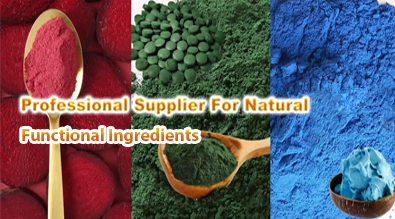
Who we are
